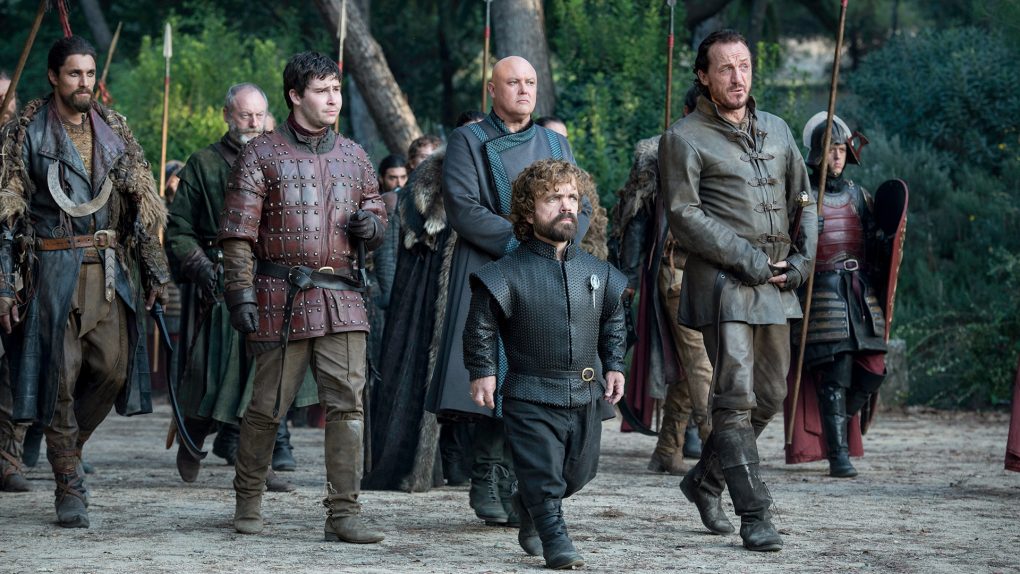Even on the small screen, it can be terrifying to watch Game of Thrones‘ Mother of Dragons swoop down from the sky on the back of one of her terrible beasts that spits out a fountain of fire and bakes rows of soldiers alive Part of the reason why such dragon attacks are so dramatic during HBO’s fantasy series has to do with the talents of the SFX staff and a commitment to keeping it old school, at least when it comes to fire.
In an interview with Business Insider, GoT stunt coordinator Rowley Irlam explained why the show prefers realism as opposed to using CGI for something like those attacks. “What you still get from a person that you won’t get from VFX is a human performance and their own take on something,” he said in the interview. “What we wanted to do is find the humanity of the situation. These are the human moments when you feel their suffering.”
It’s certainly a move that’s produced some frighteningly memorable scenes for the show, the effects team for which did something that sounds insane during the seventh season. In Episode 4, The Spoils of War, Irlam and his team set 73 people on fire — 20 people simultaneously.
It’s a huge undertaking, needless to say, to pull off something like that successfully. “You need to be holding your breath, so you don’t breathe in any kind of flame,” Irlam says of those lit performers during the interview. “The danger is disorientation, or if you were to injure yourself or bang into something, you know. What you don’t want to do is breathe in because of a shock of pain or injury.”
Actors aren’t allowed to be on fire for more than 15 seconds. Rowley and his team actually count out loud and then yell out the command to put it out.
One thing that helps is the multiple layers of protection that actors wear. According to BI, the “secret ingredient” is a flame-retardant material called Zel Jel. “For Game of Thrones,” the report notes, “stunt performers wear three layers of fireproof underwear, which is soaked in Zel Jel. Above that is a rain suit to prevent the gel from being absorbed by the other layers. Next is a fire suit and a thin cotton suit. Any exposed skin is also coated in Zel Jel. Finally, their costume goes on top.”
It sounds like a lot, but Irlam points out that if you do all this enough times, you get “competent and confident.” The team makes a plan, sticks to it and executes it, he adds. The end result is that it certainly makes you appreciate even more what are already dramatic, visually powerful scenes like these in a series where being wowed by the visuals alone is part of the fun.








